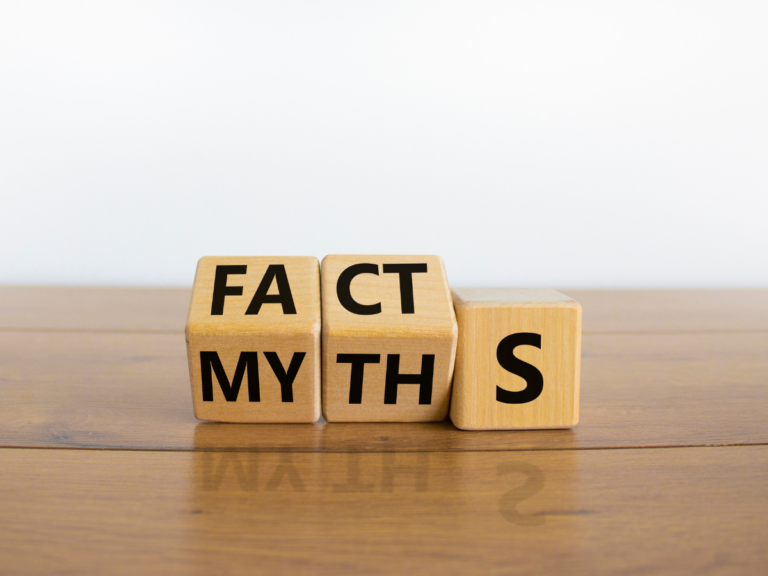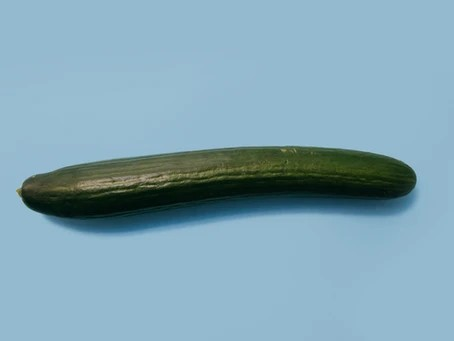The Power of Pelvic Floor Exercises for Men: Strengthening from the Core

When it comes to building strength and muscle tone, most of us envision weightlifting, high-intensity workouts, or long runs. However, deep within the core of our bodies lies a group of muscles that, when exercised, can dramatically improve various aspects of our health and well-being. These are the pelvic floor muscles, and their significance cannot be overstated.
Understanding the Pelvic Floor
The pelvic floor is a hammock-like group of muscles that stretch across the base of the pelvis, supporting the bladder, bowel, and in men, the prostate. These muscles play a pivotal role in bladder and bowel function, sexual performance, and overall core stability.
As with any muscles, the pelvic floor can weaken over time due to factors such as aging, surgeries, prolonged sitting, and other health conditions. This weakening can lead to issues like urinary incontinence, reduced sexual function, and even lower back pain. The good news? Just as we can strengthen our biceps or calves with targeted exercises, the pelvic floor muscles can also be toned and fortified.
The Benefits of Pelvic Floor Exercises
Improved Bladder Control: One of the primary benefits of pelvic floor exercises, especially for older individuals, is enhanced bladder control. Strengthening these muscles can help prevent or manage urinary incontinence, offering a natural and non-invasive approach to a common problem.
Enhanced Sexual Function: A strong pelvic floor is often associated with better sexual function. For men, this can translate to improved erectile function and more intense orgasms.
Support for Prostate Health: For men who’ve had prostate surgery, pelvic floor exercises can aid in the recovery process, helping to regain bladder control and improve sexual function post-operation.
Boosted Core Stability: The pelvic floor muscles are a part of the broader core muscle group. Strengthening them can contribute to better posture, improved balance, and reduced back pain.
Getting Started with Pelvic Floor Exercises
Pelvic floor exercises, often referred to as “Kegels,” are simple contractions and relaxations of the pelvic muscles. Here’s a basic guide to get started:
Identify the Right Muscles: Before diving into the exercises, it’s essential to identify the pelvic floor muscles. The easiest way is to try and stop your urine flow midstream or tighten the muscles that prevent you from passing gas. These contractions target the pelvic floor.
Perfect the Technique: Once you’ve identified the right muscles, empty your bladder. Lie down and tighten your pelvic floor muscles, holding the contraction for about five seconds, and then relax for another five seconds. As you get better, try to hold the contraction for 10 seconds and relax for 10 seconds between contractions.
Maintain Focus: For best results, focus solely on the pelvic floor muscles. Ensure you’re not contracting your abdomen, thighs, or buttocks. Also, avoid holding your breath; breathe freely during the exercises.
Routine Matters: Aim for at least three sets of 10 to 15 repetitions a day. As with all exercise routines, consistency is key. Over time, you’ll notice the benefits, but it’s essential to continue the exercises to maintain muscle strength.
Seek Guidance: If you’re unsure whether you’re doing the exercises correctly, don’t hesitate to seek guidance. A physiotherapist specializing in pelvic floor health can offer valuable insights and corrections.
Taking the Next Step
While this article provides an introduction to the power of pelvic floor exercises, there’s a wealth of knowledge awaiting those eager to delve deeper. The human body is a marvel, and understanding its intricacies is a lifelong journey. If you’re looking to gain comprehensive insights, detailed guides, and expert tips on pelvic floor exercises, our ebook is the perfect companion.
Download our ebook “Kegel Exercises for Men” to embark on a transformative journey towards improved health and vitality. This guide offers a holistic approach, combining scientific knowledge with practical advice, ensuring you have the tools to strengthen your core from the inside out. Remember, health is holistic, and sometimes the most profound changes start from deep within.





